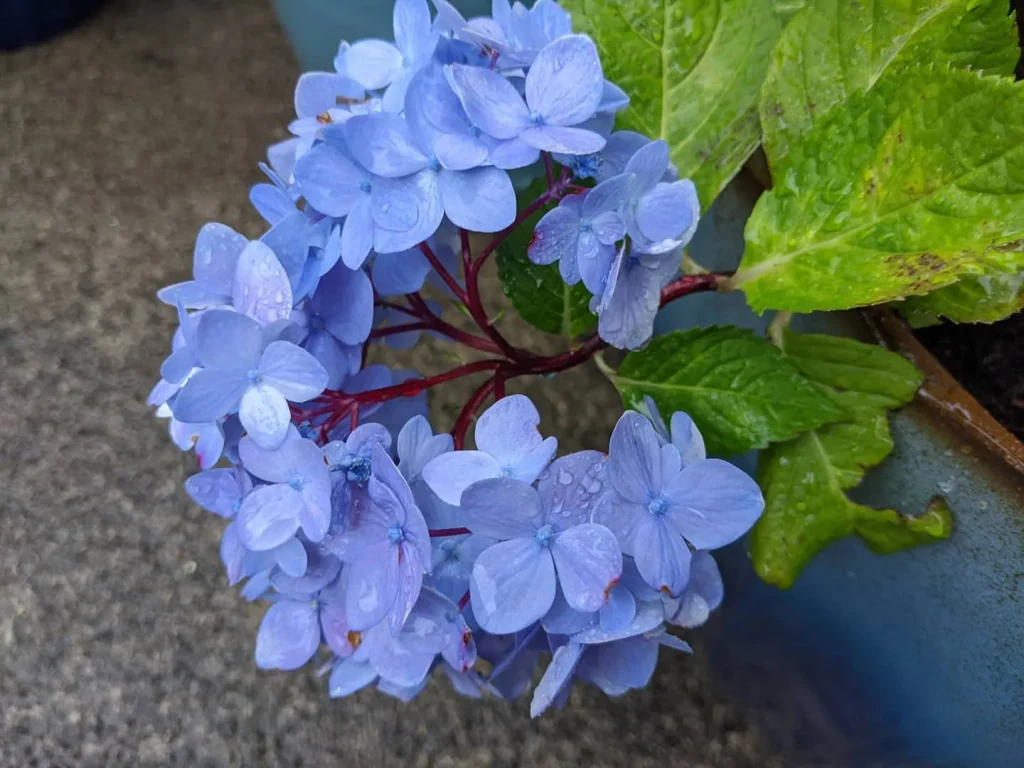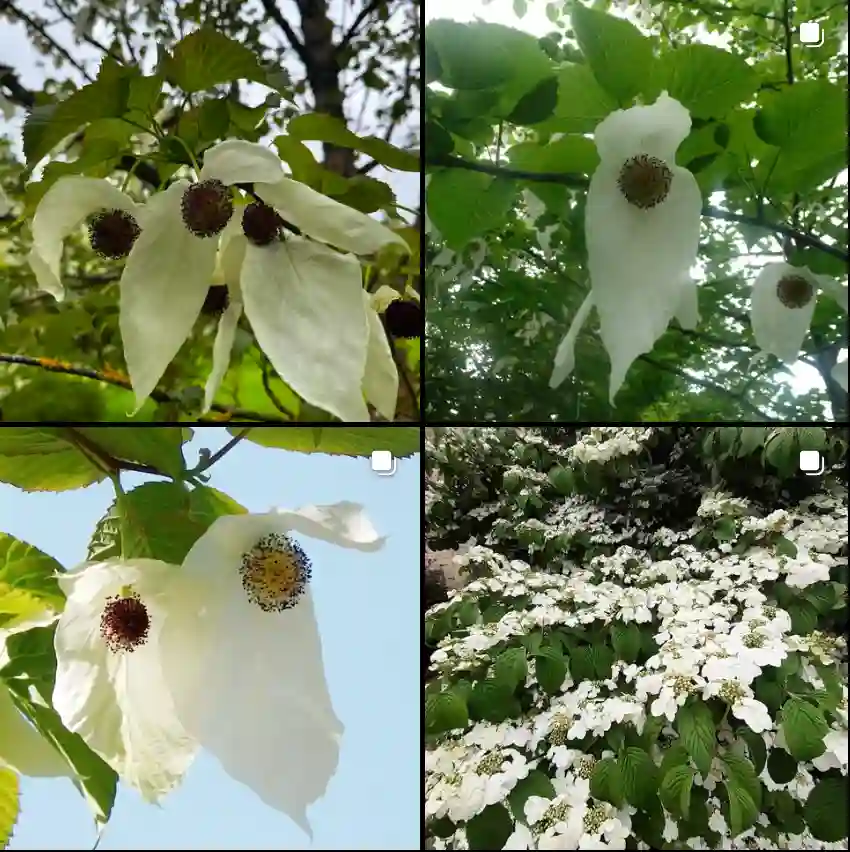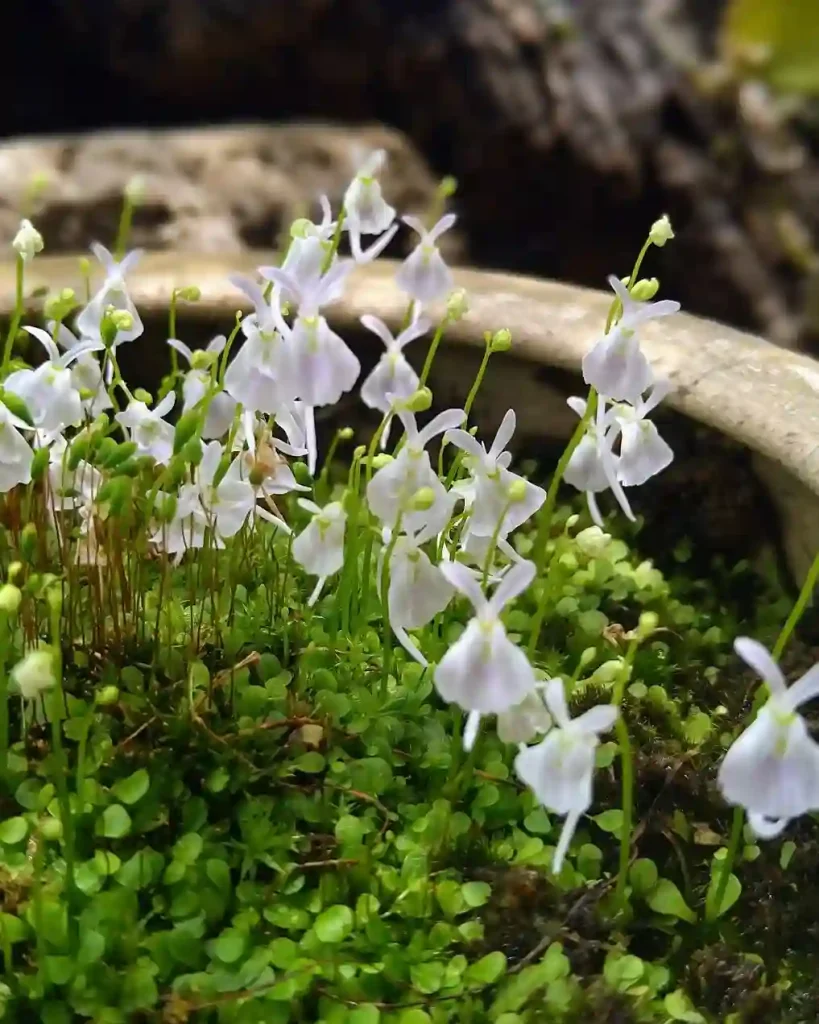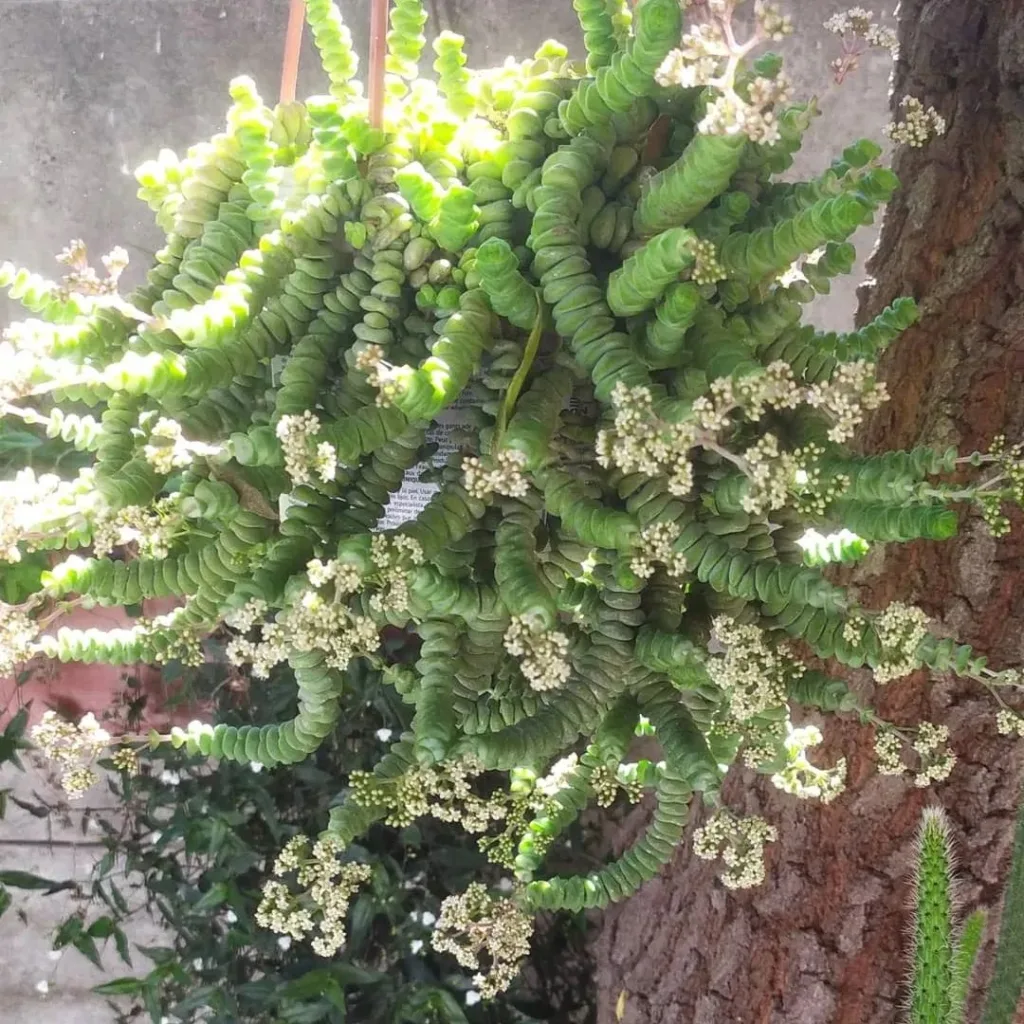
All You Need to Know About Aralia Elata: A Gardener’s Guide
Hi, Ferb Vu here. Today, we’re diving into the fascinating world of Aralia elata, a plant that can be both a stunning addition to your garden and a bit of a challenge. Whether you’re a seasoned gardener or just starting out, this guide will equip you with the knowledge to cultivate this unique species successfully.
73 Species in Genus Aralia
What is Aralia Elata?
Aralia elata, also known as the Japanese Angelica Tree or Devil’s Walking Stick, is a deciduous shrub or small tree native to East Asia. It’s known for its massive, fern-like leaves, which can reach up to three feet in length. In late summer, the plant produces large clusters of creamy-white flowers, followed by small black berries.
While undeniably beautiful, Aralia elata has a reputation for being aggressive. Its fast-growing root system can spread and send up suckers, potentially overwhelming nearby plants.
Aralia Elata vs Spinosa
I’ve found that Aralia Elata gives a more refined, elegant look with its feathery leaves, while Spinosa is much more rugged and bold, making a striking statement in my garden with its thorns and dense growth.
Is Aralia Elata Right for My Garden?
Here are some key factors to consider before planting Aralia elata:
- Space: This plant can reach heights of 20 feet and a width of 10 feet at maturity. Ensure you have ample space to accommodate its growth.
- Climate: Aralia elata thrives in USDA hardiness zones 5 to 8. It tolerates a range of temperatures but prefers well-drained soil and some afternoon shade in hotter climates.
- Maintenance: Be prepared for regular pruning to control its size and remove suckers that may pop up around the base.
Alternatives for Smaller Gardens:
If space is a constraint, consider these alternatives with similar foliage appeal:
- Fatsia japonica: This evergreen shrub offers large, glossy leaves and a more compact form.
- Tetrapanax papyrifera (Rice Paper Plant): A stunning option with papery-white bark and large, palmate leaves. However, it’s not as cold-hardy as Aralia elata.
How to plant and care for Aralia Elata?
Once you’ve decided Aralia elata is a good fit, here’s what you need to know:
- Planting: The best time to plant is during dormancy, typically in fall or early spring. Choose a location with well-drained soil and partial shade, especially in afternoon sun.
- Watering: Water deeply and regularly, especially during the first year after planting. Once established, Aralia elata is moderately drought tolerant.
- Fertilizing: A balanced fertilizer applied once a year in spring is sufficient.
- Pruning: Prune regularly to maintain a desired size and shape. Remove suckers promptly to prevent them from taking over.
Remember: Wear gloves when handling Aralia elata, as all parts of the plant are mildly toxic.
Is Aralia Elata Invasive?
Aralia elata can be invasive in some regions, particularly those with mild winters and moist soil. It readily spreads by seed and root suckers, potentially crowding out native plants. Check with your local authorities before planting to ensure it’s not a problem in your area.
How Fast Does Aralia Elata Grow?
Aralia elata is considered a moderately fast-growing plant. Expect it to put on several feet of growth per year under ideal conditions.
Does Aralia Elata Have Any Benefits?
Beyond its ornamental value, Aralia elata attracts butterflies and bees, making it a beneficial addition to a pollinator-friendly garden.
Where Can I Buy Aralia Elata?
Aralia elata is available at many online nurseries and some well-stocked garden centers.
Is Aralia elata poisonous to pets?
Yes, all parts of Aralia elata are mildly toxic to pets if ingested. If you have curious furry friends, it might be best to choose a different plant.
Can Aralia elata be grown indoors?
While technically possible, Aralia elata is not ideal for indoor growing due to its large size and light requirements. It thrives best planted outdoors where it can reach its full potential.
How do I propagate Aralia elata?
There are three main methods for propagating Aralia elata:
- Seed: Seeds can be sown in the fall or early spring. However, germination rates can be variable.
- Root cuttings: Take root cuttings in late winter or early spring. This method requires more experience but can be successful.
- Suckers: Carefully remove suckers that appear around the base of the plant and pot them up to create new individuals.
What are some common pests and diseases that affect Aralia elata?
Aralia elata is generally pest and disease resistant. However, it can be susceptible to aphids, especially on young growth. Insecticidal soap spray is an effective treatment for aphid infestations.
Conclusion
Aralia elata is a statement plant with undeniable beauty. However, its potential for invasiveness and aggressive growth habit require careful consideration before planting. With proper planning and maintenance, this unique species can be a rewarding addition to your landscape.
If i die, water my plants!



